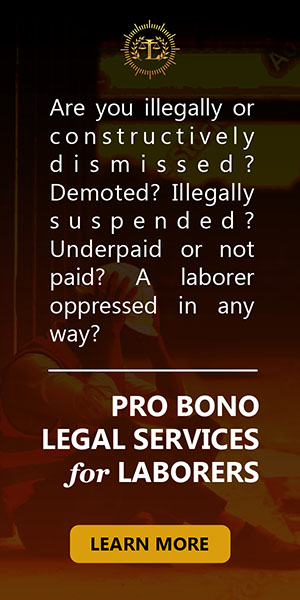Sec. 8. When payable to order. - The instrument is payable to order where it is drawn payable to the order of a specified person or to him or his order. It may be drawn payable to the order of:
(a) A payee who is not maker, drawer, or drawee; or
(b) The drawer or maker; or
(c) The drawee; or
(d) Two or more payees jointly; or
(e) One or some of several payees; or
(f) The holder of an office for the time being.
Where the instrument is payable to order, the payee must be named or otherwise indicated therein with reasonable certainty.
WORDS OF NEGOTIABILITY
Among others, for an instrument to be negotiable, it should contain words of negotiability
There are only 2 ways by which an instrument and the bill or note is to be paid to the person designated in the instrument or to any person to whom he has indorsed or delivered the same
Without the words “or order” or “to order of”, the instrument is payable only to the person designated therein and therefore, is non-negotiable
MEANING OF THE PHRASE “TO ORDER”
Pay the payee or the person designated by the payee
NECESSITY OF NAMING THE PAYEE
The law requires that the payee must be named or otherwise indicated with reasonable certainty
Must be a person in being, whether natural or legal, and ascertained at the time of issue
If there is no named payee, where the instrument is payable to order, no one could indorse the instrument. Consequently, it is useless to consider it as negotiable.
WHERE THE BLANK FOR NAME OF PAYEE UNFILLED
Not payable to order because the payee is not named neither is he
designated with reasonable certainty



 Spotify
Spotify  iTunes
iTunes  AppleMusic
AppleMusic  YouTube
YouTube 


